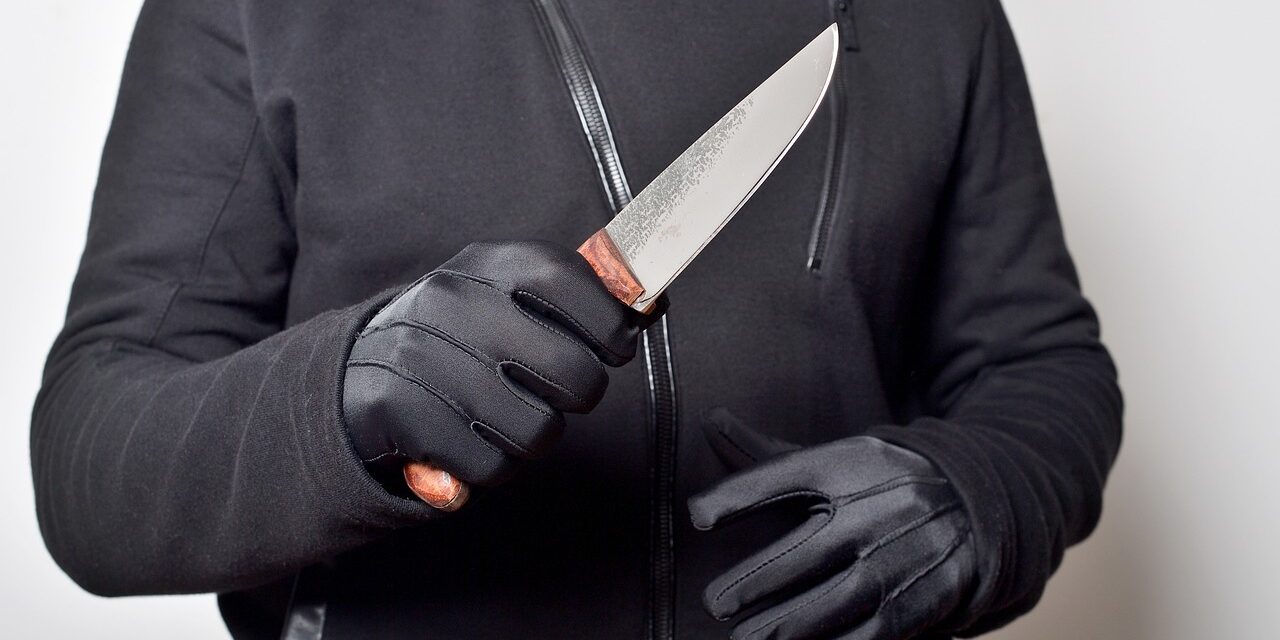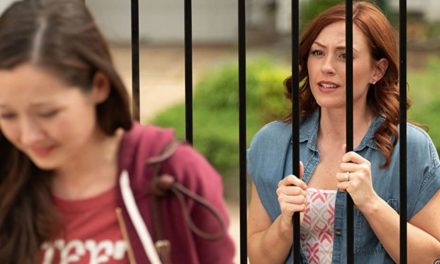Six years ago, at the end of August 2018, I wrote these three short stories about the different culture of migrants, who were then still called refugees. What happened to Germany? the commentators ask desperately. Really, what happened?
Six years ago, at the end of August 2018, I wrote these three short stories about the different culture of migrants, who were then still called refugees. The three stories have many features in common, the small conflicts between the local residents and the immigrants, the specific resolution of these conflicts, the knife culture and, of course, the reaction of the German people sensitized to the reception. It's a shame that I only dealt with the topic sporadically, because by now it would have turned into a hefty book.
Burgwedel (Niedersachsen): The model refugee
Vivien is a blonde, averagely pretty German girl in her twenties, she doesn't dress or behave flamboyantly. Vivien is for sale in a supermarket in northern Germany. That day, he sat in the cash register and instructed two thin-skinned teenagers with the usual politeness, but in order. The boys felt insulted, perhaps because a woman spoke to them like that. They made comments but eventually stood back.
Vivien would have forgotten what had happened, but after work she met them again on the street, the two boys brought family reinforcement in the person of one of their brothers. The three guys surrounded the girl and her friend, they started fighting, and then one of them pulled a knife. He had quite a Swiss army knife, I have one too, and even my women's bacon knife, which I really only use for bacon. With the boy's knife, they must have never eaten bacon made from pork, it was a knife with a ten-centimeter blade, suitable for taking a human life. The stab wound hit Vivien, and only quick medical intervention saved her life. It must have been a sharp little knife, because he made a forty-centimeter cut on the victim, tore his body from the chest to the lower abdomen, cut through ribs, and injured several internal organs.
Let's name the perpetrator! That is, only by his first name, because he is still a minor, only 17 years old: Abdullah A. He came to Germany from Syria as a child in 2013 with his family, and is considered a model migrant - sorry, a model refugee - he is well-behaved, goes to school, just like his younger brother and cousin. As a child, it is easy to integrate into another culture and socialize there - if the family wants it. But if the family insists on preserving the cultural-religious identity, then it must be preserved! Abdullah was raised in this spirit at home, so he became not only a model refugee in Germany, but also a respectful and obedient Muslim youth. He doesn't even understand why he was arrested, why he is being prosecuted for intentional homicide, since he only did what he was taught: conflicts can be resolved with a knife. He only did what his religion dictates: if you are offended, draw a knife, if the offense is great, you can even kill. "In our culture, it's okay to kill," he said confidently at the closed court hearing.
The court phase of the crime began last week in Hanover, and a verdict is expected in mid-September. In any case, the case did not stir up much dust in Northern Germany, where German citizen discipline is strong.
Offenburg (Baden-Württenberg): The impatient patient
Recently, the tool for conflict management is a knife with a good blade, we see and hear enough. In the middle of August, a Somali asylum seeker broke into a family doctor's practice in Offenburg and stabbed the doctor for an unknown reason, and inflicted a life-threatening wound on the nurse. The doctor - an inveterate altruist - mostly treated elderly, poor patients and many refugees. The culprit was also ill, he was quickly arrested and is in custody for investigation.
The local organization that helps refugees (Flüchtlingshilfe Rebland) held a silent memorial in front of the practice a week after the incident. They wanted to express their condolences and give the local refugees the opportunity to do the same, since the killed doctor was also their doctor. The charitable organization tried to announce a political-free funeral procession, but we have long known from Comrade Virág that this is impossible, because "everything is politics today". According to the organizers, the funeral procession was also a silent protest against the extreme right, who "will certainly try to use this crime for their own political purposes". The extreme right refers to the supporters of the second largest party in the Bundestag, the AfD, although the moderates are very wary of this. It would be unfortunate to label ten million German voters and millions more sympathizers as far-right, just because they want to remain Germans in their own country.
The Offenburg commemoration was still peaceful last Wednesday, flowers were brought to the clinic, candles were lit, and the woman next door played Bach on the cello. Some of the participants blamed the government's flawed refugee policy for what happened. The local AfD politician called on the local mayor to resign, who, in a good Christian way, would accept all the world's migrants into the city. There is nothing special about this either, an opposition politician has to hold the ruling party responsible for everything, and that's how it is with us.
Chemnitz (Sachsen): The expelled protégé
The Offenburg case did not make it into the national media either, only the locals know, because it was impossible to keep quiet in front of them. And they would have kept quiet about the Chemnitz case too, if it had only remained a peaceful memorial. Because on the celebration of the city's 875th anniversary, the knife came out again, fatally wounding a 35-year-old German man and injuring two more of his companions. Two perpetrators were arrested, a Syrian and an Iraqi asylum seeker. The latter turned out to be in Bulgaria a long time ago, since it was registered there for the first time, back in 2015. His asylum application was rejected in 2016, but by some miracle he was granted protected status. It is not known what he had to be protected from, perhaps so that he would not go to prison again. Because he has already been convicted six times, sometimes for this reason, sometimes for that reason, there were drugs and violence and other punishments, he was rejected, and yet he is here with his child. His identity became public because the arrest warrant was photographed by an official in Chemnitz, posted on Facebook, and the web-cleaning censorship could not remove it fast enough. "I wanted the truth to come out!" said the legal clerk. He was quickly removed from his position.
The news of the stabbing spread quickly in the city, first with a spontaneous and then with an announced demonstration to tell the politicians that enough was enough. The police could not handle the situation, the crowd waved the German flags left over from the soccer net, "we are the people", they chanted. With this, they immediately proved that they are far-right, because this is supposed to be the slogan of the far-right. Most of the participants in the demonstrations were otherwise peaceful citizens of Chemnitz, who are fed up with the consequences of the failed refugee policy. If they were the only ones demonstrating, it wouldn't be a bad thing, it wouldn't be possible to blame it all on the right-wing populists (AfD), who are racists and threaten social peace, so someone organized the hooligans there, they really are violent right-wingers. And of course, in the spirit of anti-fascism, the antifascists appeared with their mischievous, fighting, masked subsistence demonstrators. When they get together, tempers are unleashed: extreme slogans, Nazi arm waving, manhunts, lynching atmosphere, police lines with tear gas, water cannons, the recipe is familiar. The pictures went around the world: Germany has become a Nazi again! The piquancy of the matter is that all this has been taking place in front of the giant Marx statue for five days.
What happened to Germany? the commentators ask desperately. Really, what happened? In 2017, immigrants committed 95,148 violent crimes. In 39,096 of these cases, the victims were Germans. In other words, immigrants commit some kind of crime to the detriment of a hundred Germans every day. Is it any wonder that the glass is full for many, and the euphoria of the Willkommenskultur is there? The government is committed to action against the so-called far-right. What if the government was finally committed to consistently deporting migrants who commit crimes? Because the demonstration labeled as far-right would not have happened without the knife attack.
Three years ago, the Bundesmutti's optimism permeated the solidarity German souls: "Wir schaffen das." What has been achieved so far is social and political division. I don't think that's what they wanted.
The author is a historian
Source: Magyar Hírlap
Photo: Pixabay













